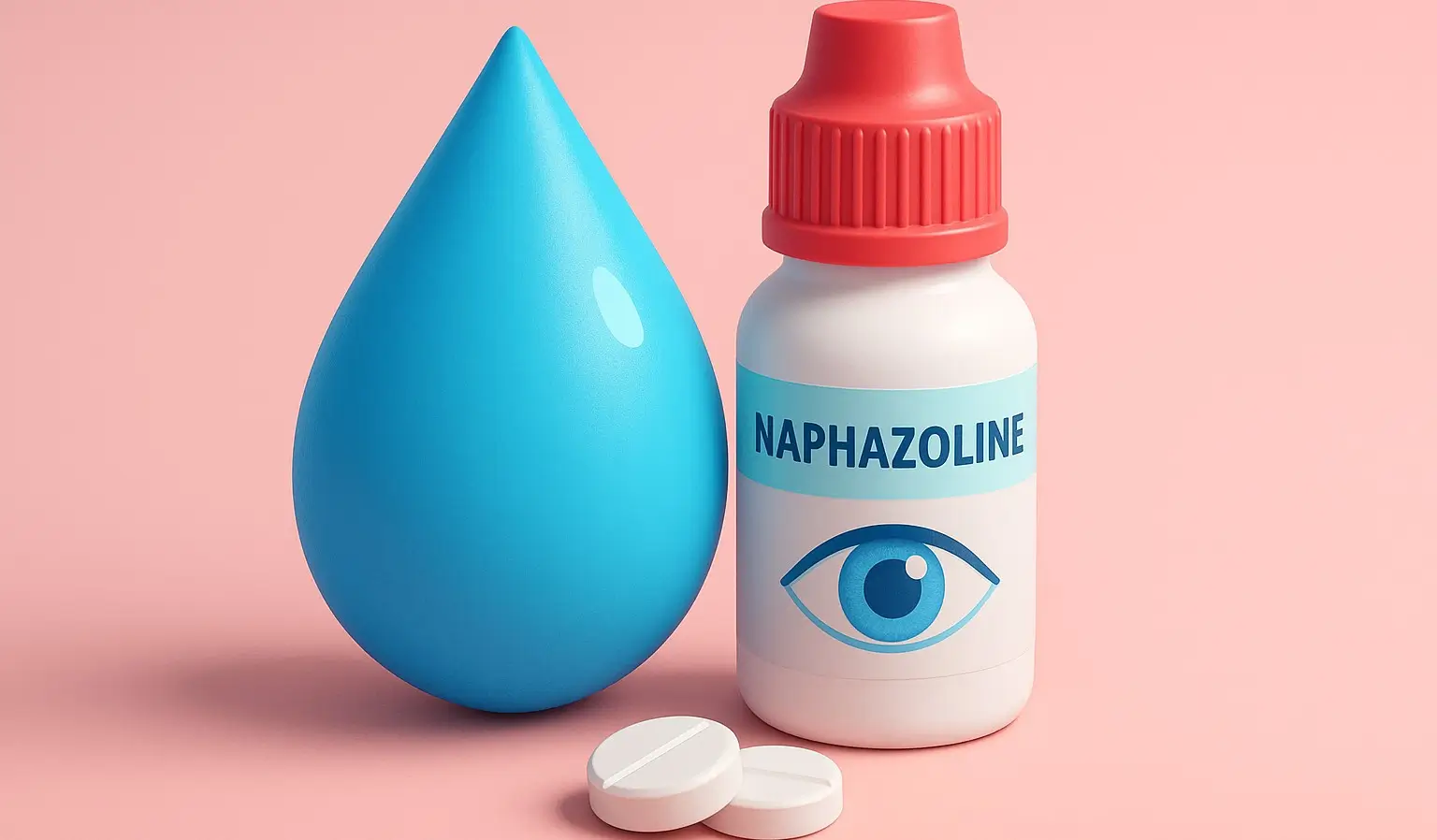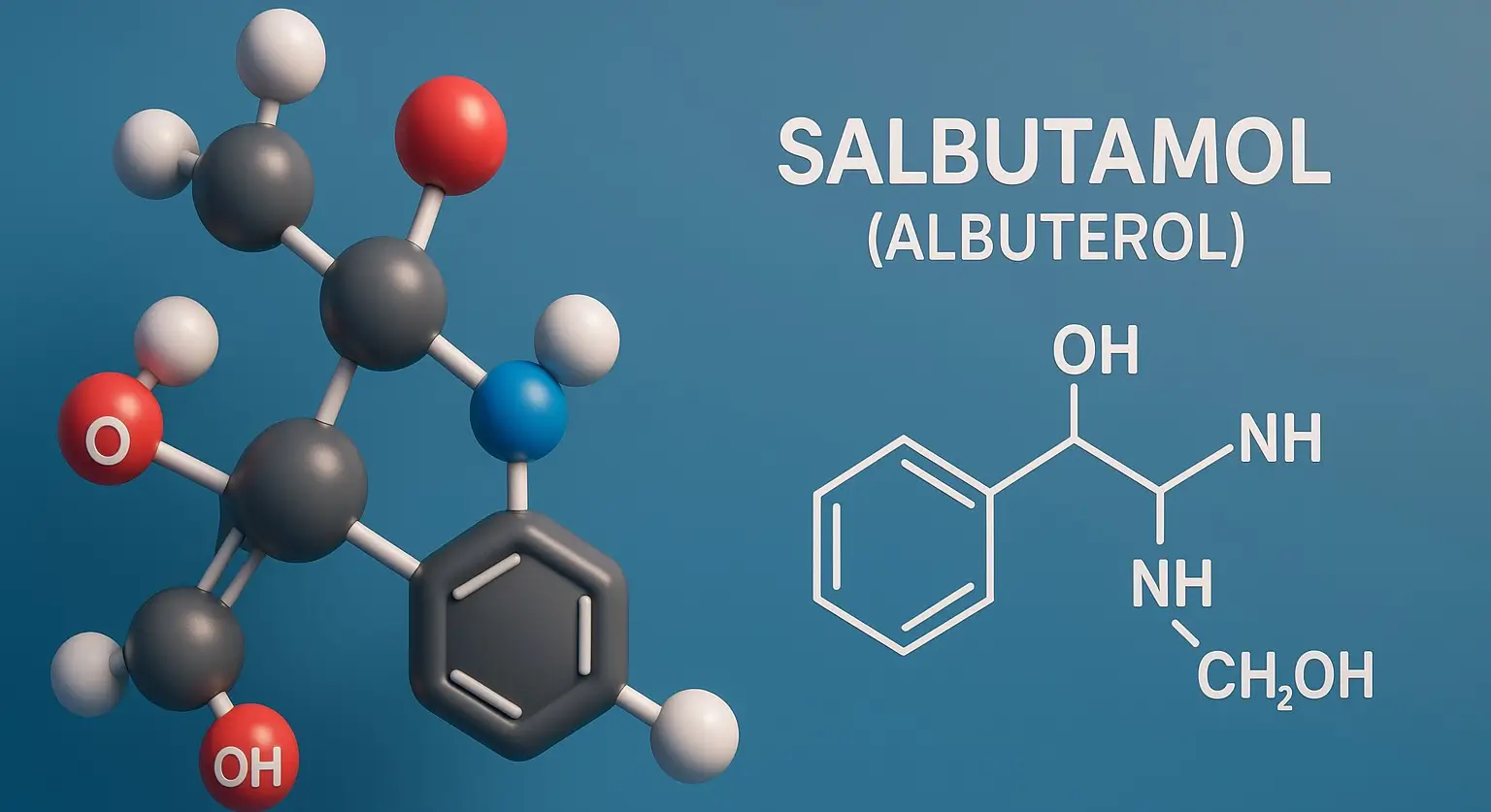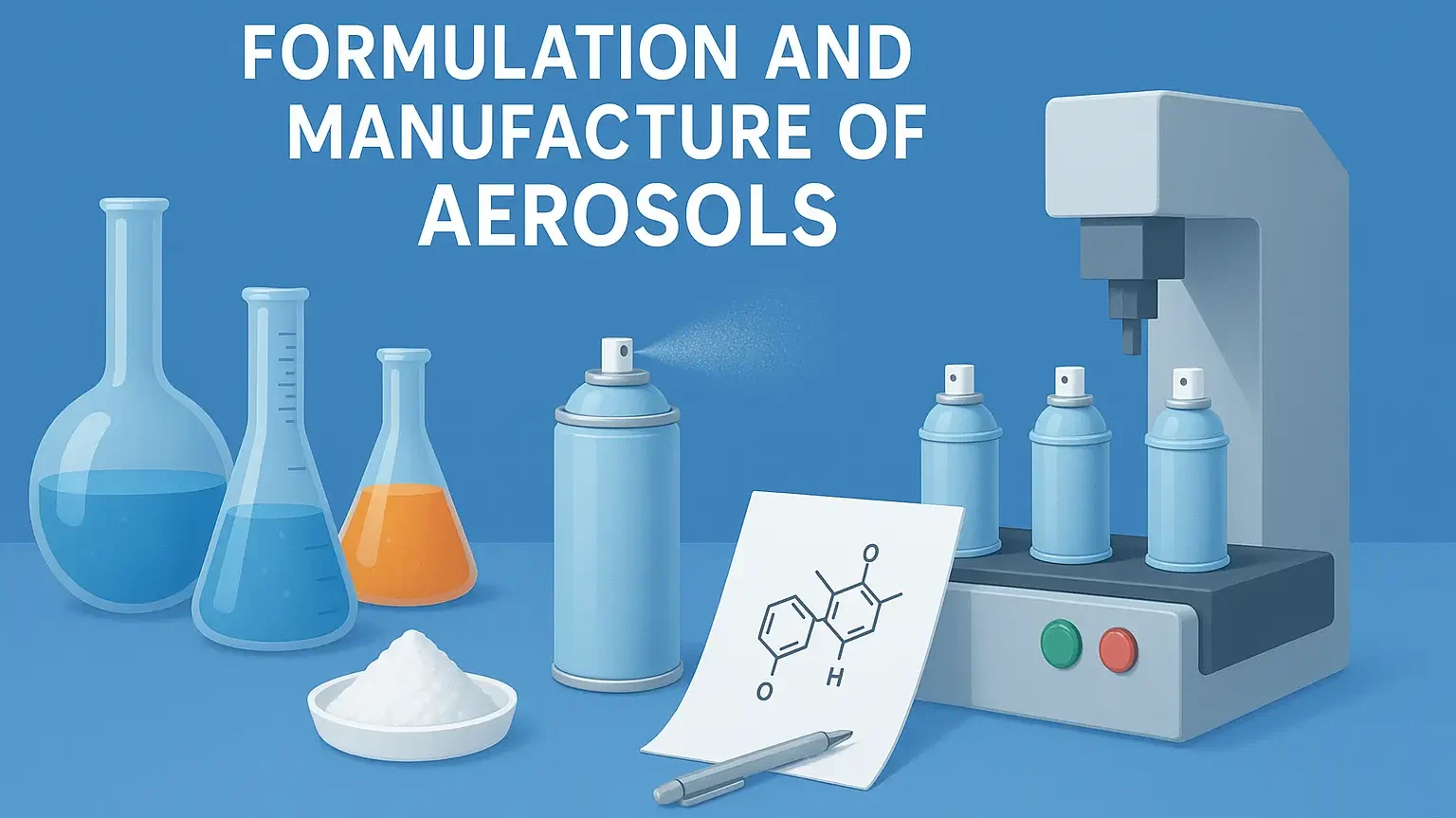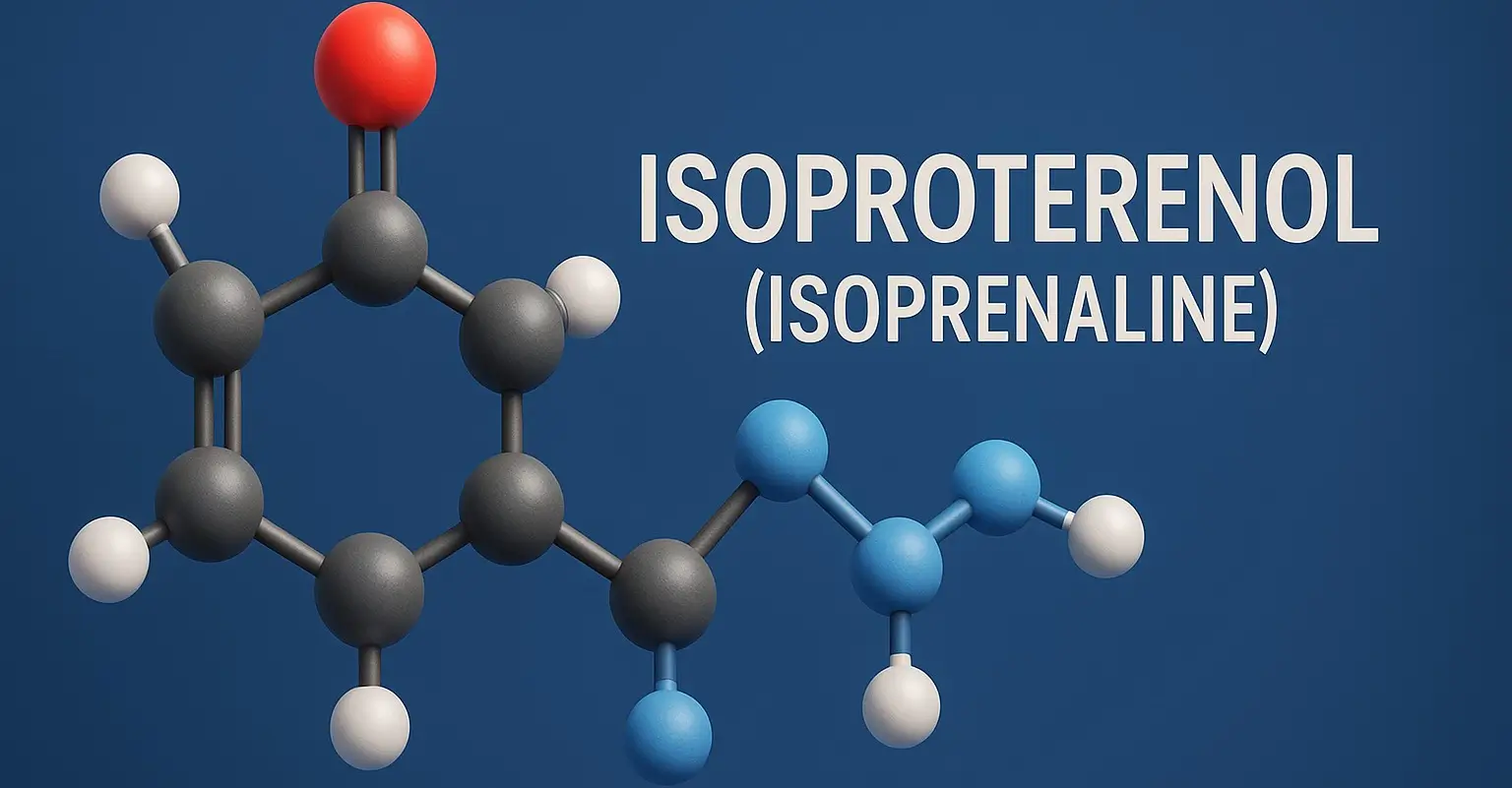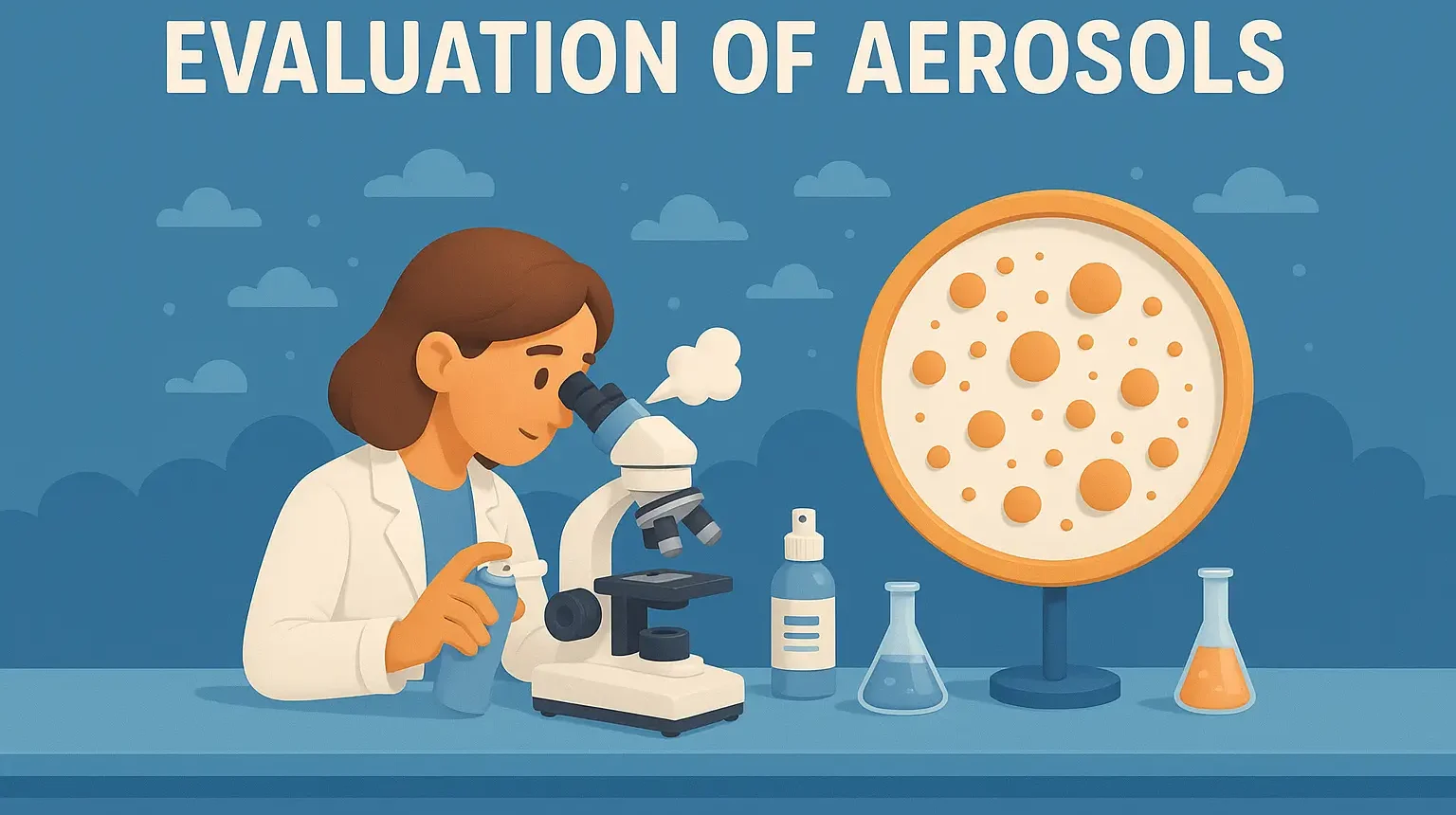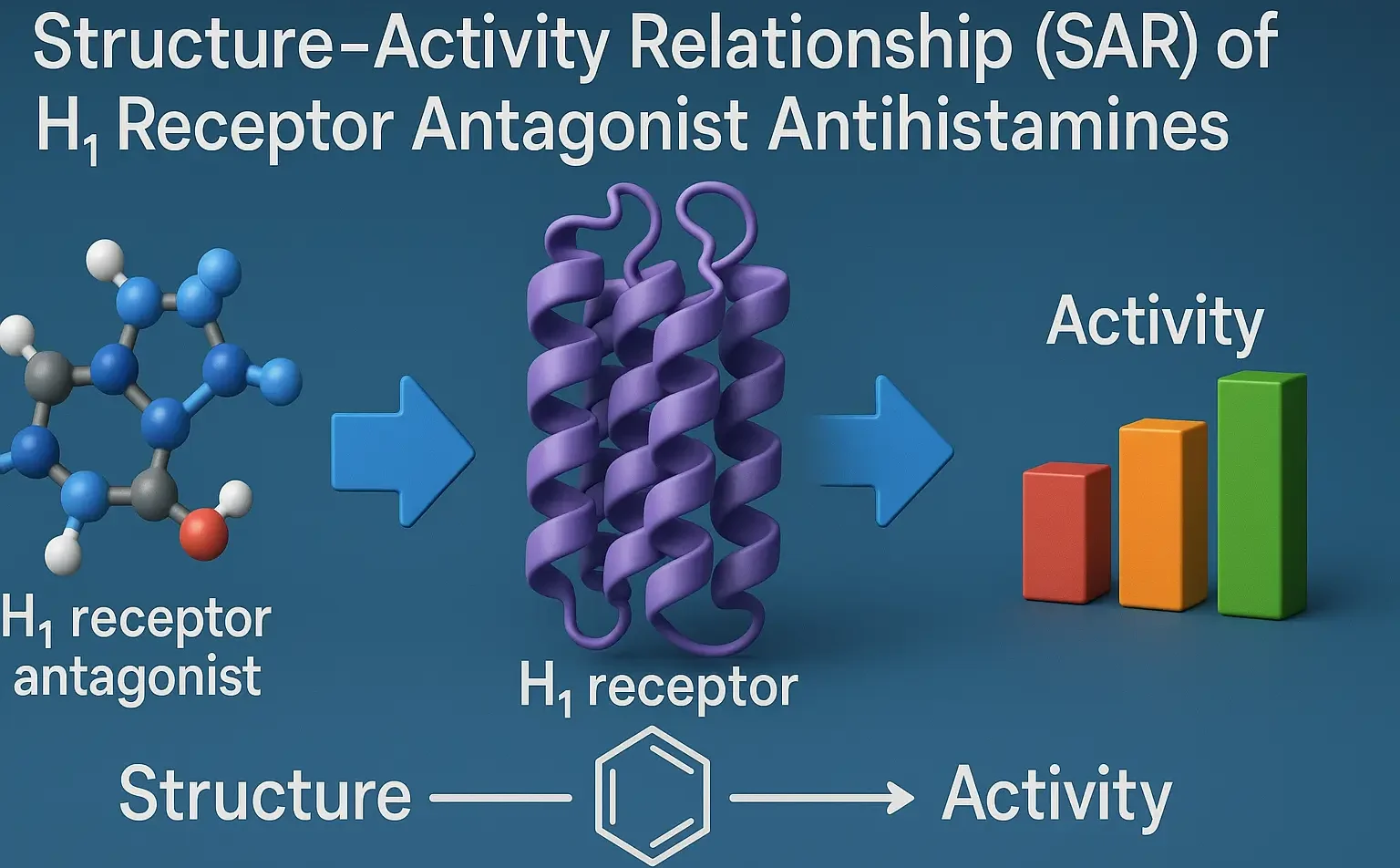Naphazoline
Naphazoline is a sympathomimetic agent (a type of drug) that primarily acts as an alpha-adrenergic receptor agonist. It is commonly used as a topical decongestant to relieve redness and swelling in the eyes (as in eye drops) or nasal congestion (as in nasal sprays). Chemical Formula: C14H14N2 Basic Structural Features: Imidazoline derivative, similar in core … Read more

